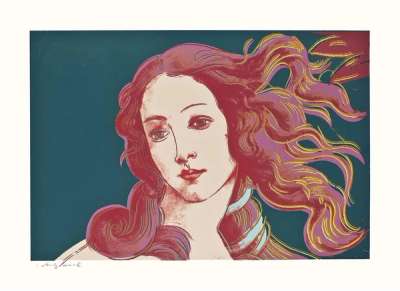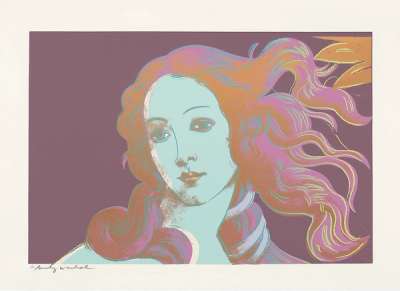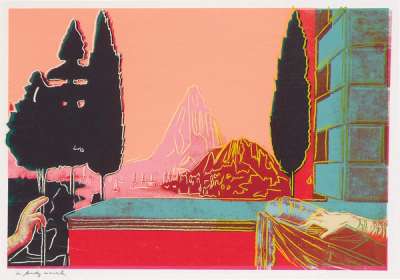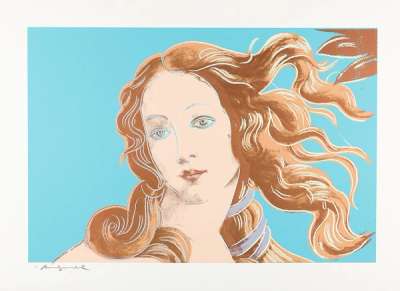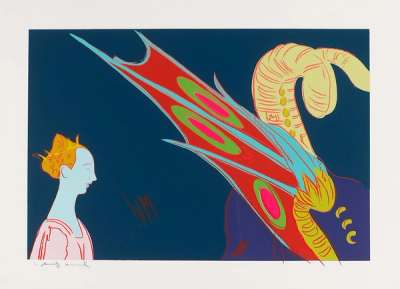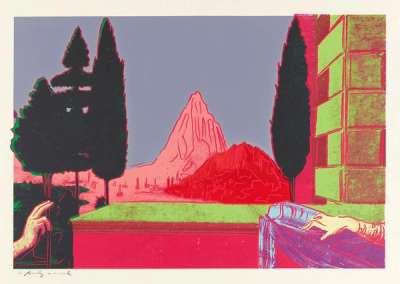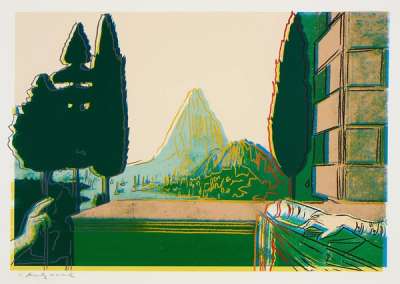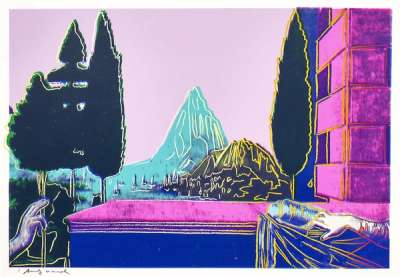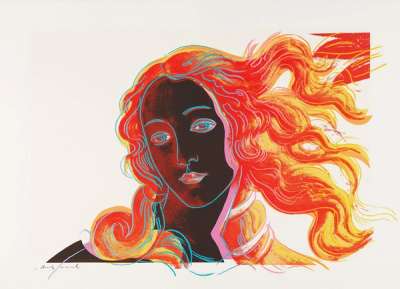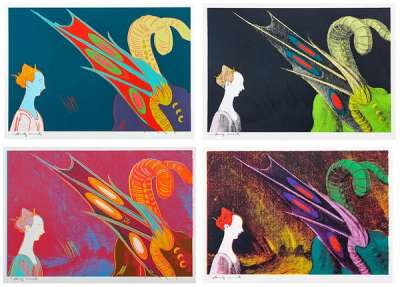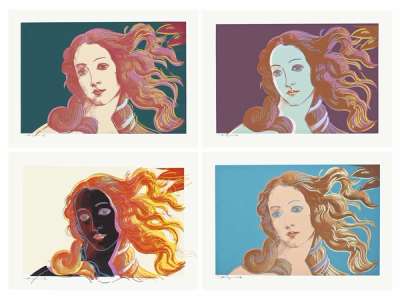
Details Of Renaissance Paintings (Paolo Uccello, St. George And The Dragon, 1460) (F. & S. II.326)
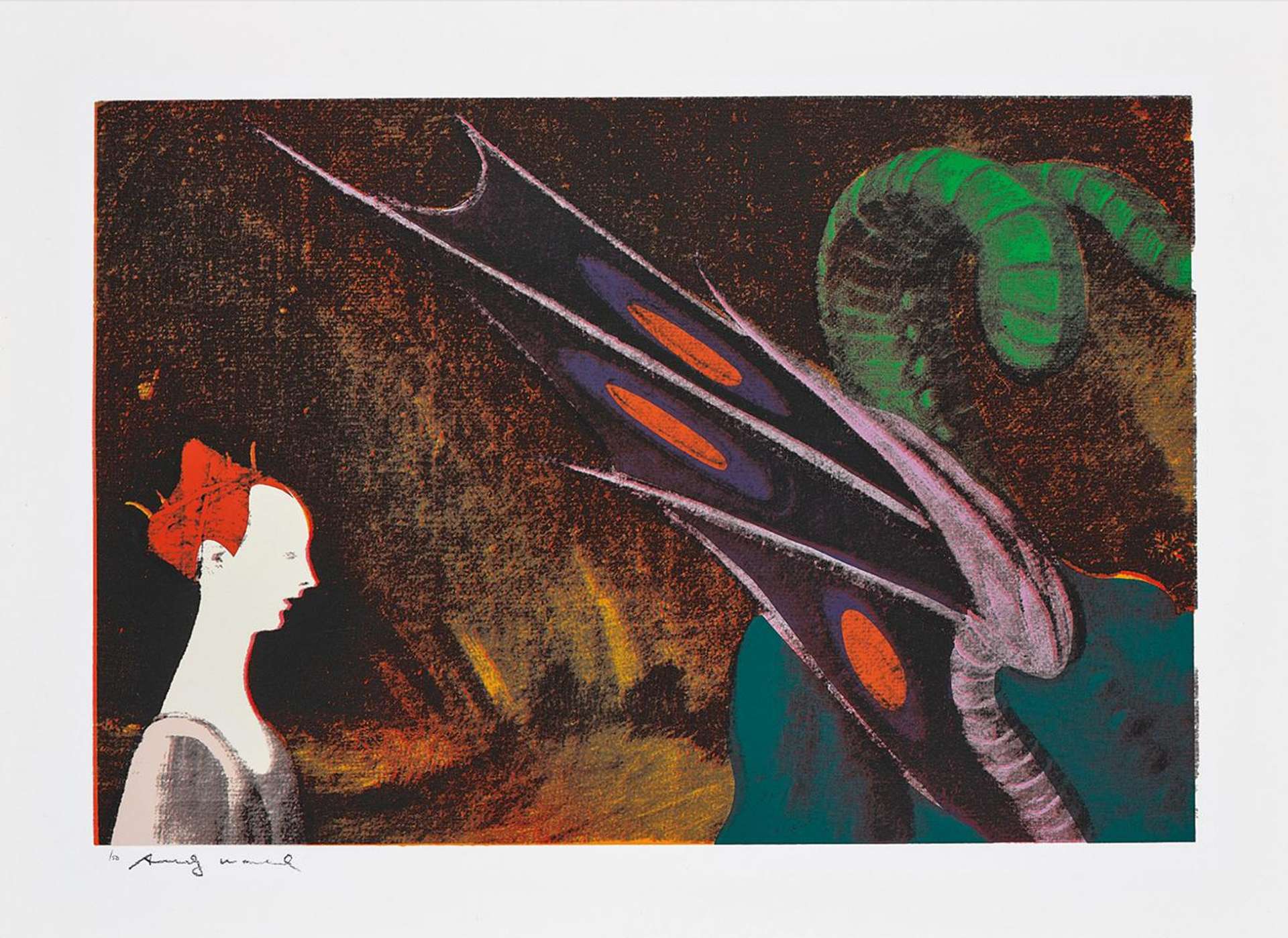
Details Of Renaissance Paintings (Paolo Uccello, St. George And The Dragon, 1460) (F. & S. II.326)
Signed Print
Andy Warhol
£20,000-£29,000Value
Indicator
$40,000-$60,000 Value Indicator
$35,000-$50,000 Value Indicator
¥180,000-¥260,000 Value Indicator
€23,000-€35,000 Value Indicator
$200,000-$290,000 Value Indicator
¥3,820,000-¥5,540,000 Value Indicator
$25,000-$35,000 Value Indicator
AAGR (5 years) This estimate blends recent public auction records with our own private sale data and network demand.
There aren't enough data points on this work for a comprehensive result. Please speak to a specialist by making an enquiry.
Medium: Screenprint
Edition size: 50
Year: 1984
Size: H 81cm x W 111cm
Signed: Yes
Format: Signed Print
TradingFloor
MyPortfolio
Your collection tracked in real time.
Build your portfolio, manage valuations, view return against your collection and watch works you're looking for.
Track auction value trend
Auction Results
| Auction Date | Auction House | Artwork | Hammer Price | Return to Seller | Buyer Paid |
|---|---|---|---|---|---|
| December 2023 | Bonhams New Bond Street - United Kingdom | Details Of Renaissance Paintings (Paolo Uccello, St. George And The Dragon, 1460) (F. & S. II.326) - Signed Print | |||
| November 2023 | Palm Beach Modern Auctions - United States | Details Of Renaissance Paintings (Paolo Uccello, St. George And The Dragon, 1460) (F. & S. II.326) - Signed Print | |||
| May 2021 | Uppsala Auktionskammare - Sweden | Details Of Renaissance Paintings (Paolo Uccello, St. George And The Dragon, 1460) (F. & S. II.326) - Signed Print | |||
| January 2018 | Phillips London - United Kingdom | Details Of Renaissance Paintings (Paolo Uccello, St. George And The Dragon, 1460) (F. & S. II.326) - Signed Print | |||
| June 2016 | Ketterer Kunst Hamburg - Germany | Details Of Renaissance Paintings (Paolo Uccello, St. George And The Dragon, 1460) (F. & S. II.326) - Signed Print | |||
| July 2009 | Christie's New York - United States | Details Of Renaissance Paintings (Paolo Uccello, St. George And The Dragon, 1460) (F. & S. II.326) - Signed Print | |||
| February 2002 | Christie's New York - United States | Details Of Renaissance Paintings (Paolo Uccello, St. George And The Dragon, 1460) (F. & S. II.326) - Signed Print |
Meaning & Analysis
Paolo Uccello, St. George and the Dragon 1460, is a print from Andy Warhol’s Details of Renaissance Paintings series (1984) where the artist has appropriated an oil painting depicting a scene from the legendary story of St. George and the dragon. Throughout the series, Warhol injects the original Renaissance paintings with vibrant colours and kitschy style, rendering images of fine art into symbols of popular culture.
The original painting by Uccello is of a magical world of fairy tale with its fantastical dragon. Warhol’s translation of the image, with the tightly cropped composition focusing on the dragon’s spiky, spotted wings, corkscrew tail and the princess flattened against the picture plane, is more suggestive of a comic strip than a depiction of the legend of St. George. The subtle quality of the original painting has been usurped by Warhol’s use of brilliant, non-naturalistic colour, using bright red, orange pink and green hues.
Warhol severely alters the original painting that he appropriates, making it entirely distinct and recognisably Pop Art, to prove his point that there is indeed originality in repetition. Choosing to tightly crop the composition so as to only show the pale princess and dragon’s wing, Warhol focuses on the calm and controlled moments within the otherwise violent and chaotic scene.
